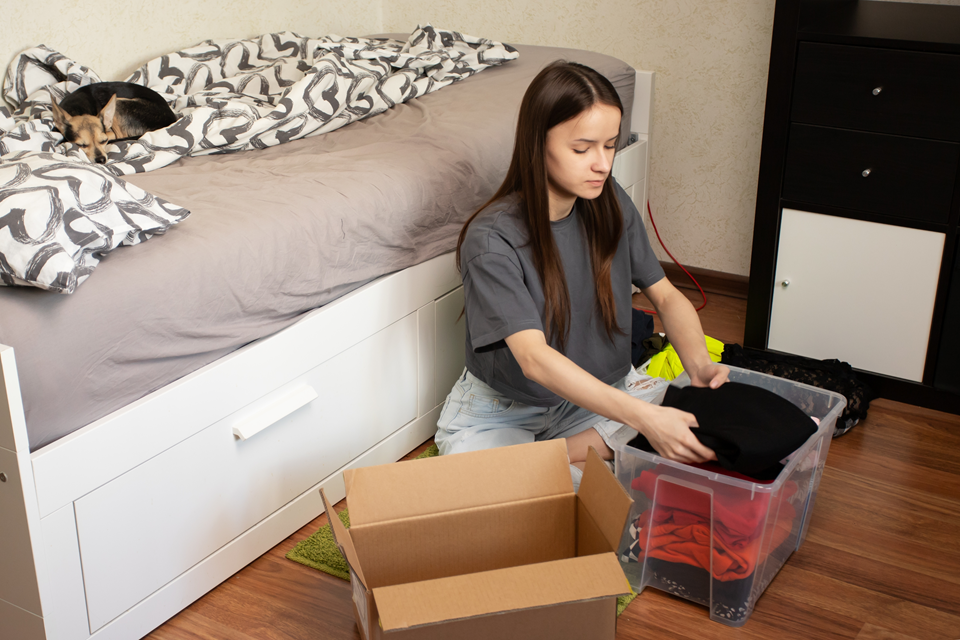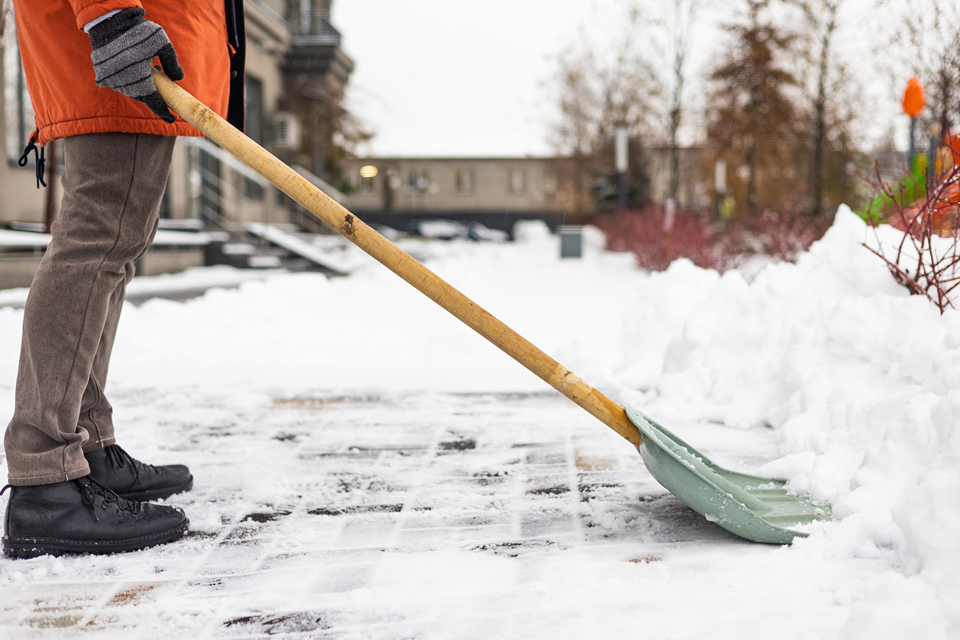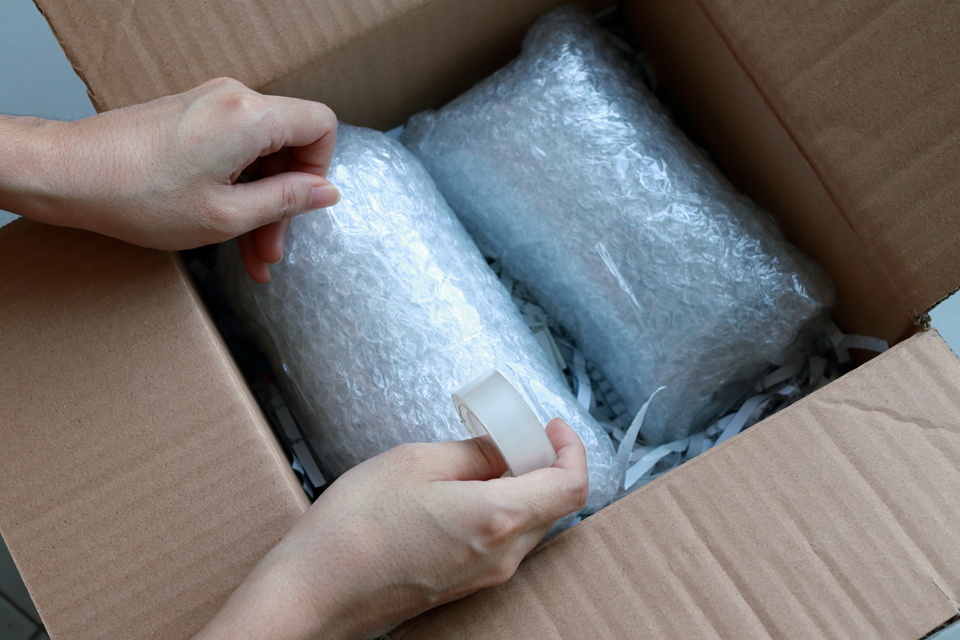Share this article:
Moving to a new rental apartment can be a taxing and time-consuming process in itself, but a move during the colder season presents additional challenges due to the weather’s complexities. With snowy and slippery surfaces, you need to be extra careful with every step of the process; plus, some items need extra protection from the cold or possible dampness, such as electronics or paper products.
Despite the challenges, your moving process during the colder season can still go smoothly with the right planning and preparation. You might wonder what you must do to prepare for this move. Don’t worry; we have all the tips and tricks you need for your hassle-free and efficient cold-weather move.
Always plan and consider the weather
Planning is crucial because winter weather is unpredictable. To keep safe, make sure that your move date does not fall during a snowstorm or blizzard. If your move date falls on a day with forecasted bad weather, take extra precautions or reschedule it for safety. You can try to avoid the heavy snow, ice, and rain by scheduling your transfer during the middle of the day. However, as this weather is quite unpredictable, make sure that you have contingency plans prepared.
Pack important items in plastic boxes and containers

Cold weather is a culprit for moisture-related damage to items. During packing, ensure that sensitive items are protected against moisture and cold temperatures by storing them in water-resistant boxes and containers. Avoid using paper boxes and shabby packing materials for your important documents. Plastic containers are more resilient than cardboard boxes, especially when moving in wet conditions. In addition, small and delicate items must be stored inside plastic bags.
Protect dishes and glass items from the cold
Did you know that your glassware, china, and ceramics could crack due to extreme cold? Unfortunately, cold weather can damage your glassware, so you need to add extra padding and insulation. Of course, glassware is prone to breaking during transport, so make sure to store sensitive items using bubble wrap, padding paper, and cloth to keep them warm and safe.

Be careful with your electronics
If there are items in your home that are the most prone to damage under the winter weather, those are your electronics and gadgets. Electronics, by nature, are vulnerable to damp and cold weather. Make sure to store and pack them securely inside boxes and plastic containers. Protect them with plastic coverings and bubble wraps to avoid damage from accidental spills and smashes during transport. It is also important to note that electronics might suffer from damage if there is a sudden change in the temperature. Allow your electronics to warm up before plugging them in.
Clear the pathway

One of the not-so-ideal things during a cold-weather move is the dangers of snow and slippery walkways. You want to avoid dangerous accidents like slipping and falling while transporting your items. On a moving day, make sure to clear the path for the truck and vehicle to avoid delays. One hack to avoid the build-up of ice or snow is putting salt on the driveway and walkways the night prior. Salt prevents the accumulation of snow as long as the temperature is not below 15° F!
Safeguard books and paper items
If you have lots of books, moving during cold-weather months might present challenges. Books and items made of paper are easily ruined when exposed to the harshness of cold and damp weather. They can deteriorate and damage when left exposed to cold temperatures for too long. Since paper items and books need special care, wrap them in plastic, plastic bags, or bubble wrap. Make sure you don’t place them in cardboard boxes, or, if you do, make sure they are not placed down on the icy ground or left outside.
Ensure short loading and unloading process
Cold-weather months carry unpredictable weather. Thus, it is important to have an efficient loading and unloading process to avoid weather-related delays. Make sure to keep the loading truck or vehicle near your home so you can cover a shorter distance during the transport. This will also lessen the probability of your items being exposed to harsh weather conditions. The same principle applies when unloading your items to your new home. Make sure that the utilities in your new home are working. Check if electricity, water, and gas are functional because heating is important when offloading temperature-sensitive items in your new home. Gradually increase the temperature when moving in to allow your items to seamlessly warm back up.

Double wrap and double box
Moving is a complicated process, and the integrity and safety of your items are of the utmost importance. For large items, such as wooden furniture and mirrors, use plastic wraps, towels, and blankets. Thick towels and blankets will protect them from the harsh weather conditions and stress of transport. Double-boxing fragile items is also encouraged, since those tend to become more brittle during the cold-weather months. This will prevent them from breaking and ensure they get to your new home in good conditions.
Label things

In all the stress of a moving days, chaos and confusion can appear. It is crucial that you properly label and organize your items to save time. Mark boxes containing sensitive items, such as plants and perishables, and put “Do not Freeze” to ensure that your items are transferred accordingly. Labeling boxes lets you prioritize important and time-sensitive items for transport and unpacking.
Conclusion
Moving to a new home requires planning and management to carry out the tasks. Moving during the cold-weather months presents even more unique challenges; however, you can smoothly move to your new home with the right strategy and preparedness. The key component of your success rests on how you pack your moving boxes. You can always rely on professional movers to assist you in the process, to reduce the stress you feel when moving on your own. After all, movers have years of experience and generally have a reputation for delivering a top-notch packing and moving experience, if you research and find the right company.
Share this article:
Mihaela Buzec is a senior writer, researcher, and online content developer for RentCafe, where she has over 7 years of experience writing about the real estate industry. She authors important resources such as the statistics pages describing generational patterns and renter's guides that help renters in their journey. Her work has appeared in publications such as Apartment Therapy, Indy Star, and Investopedia.
Mihaela is a published researcher and activates within academia as well. She holds a BA in English and German Language and Literature, an MA in Current Linguistics, and a PhD in neurolinguistics.
The Ready Renter has your back
Tips, news, and research curated for renters, straight to your inbox.




Related posts
Subscribe to
The Ready Renter newsletter







